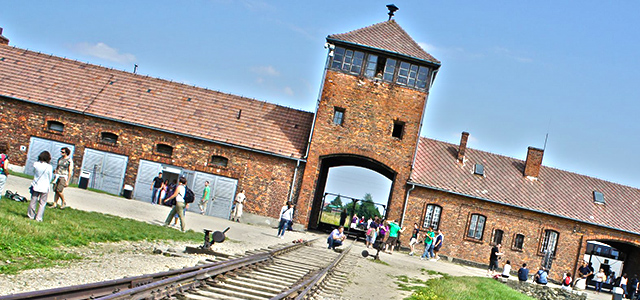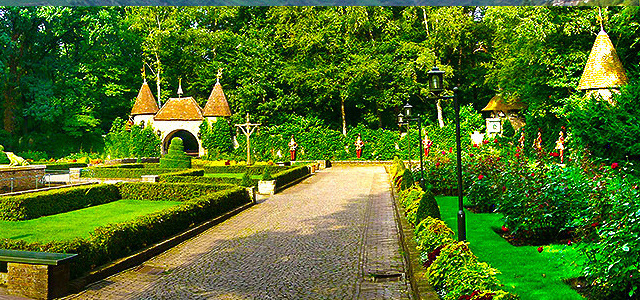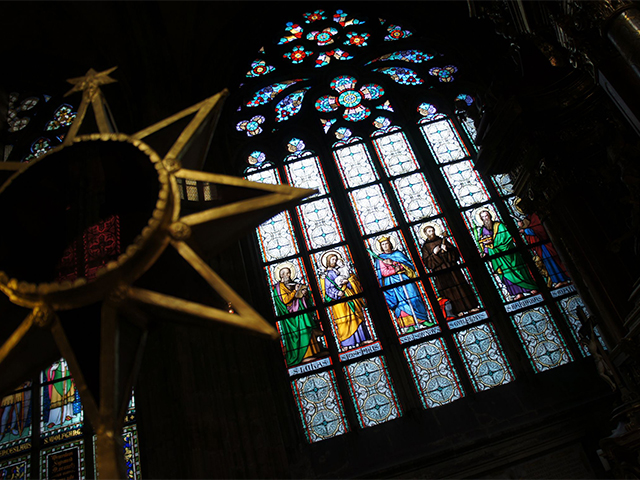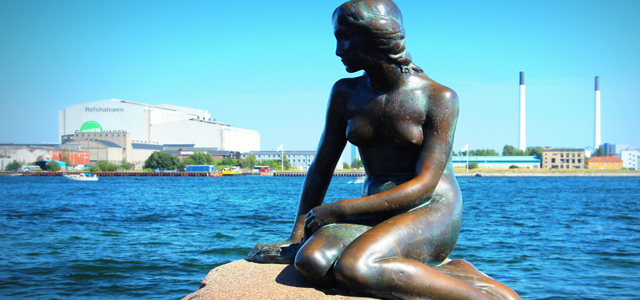
Copenhagen: a fusion of new and old
One of the world’s premier design capitals and the best city in Scandinavia, Denmark’s capital is a fusion of new and old, with columns of medieval streets alongside soaring modern structures.
It’s a colourful city brimming with the latest architecture trends, design and fashion that creates an interesting juxtaposition with its deep, rich and fascinating past. So, where do you go when you visit Copenhagen?
Attractions
The Magical Tivoli Gardens
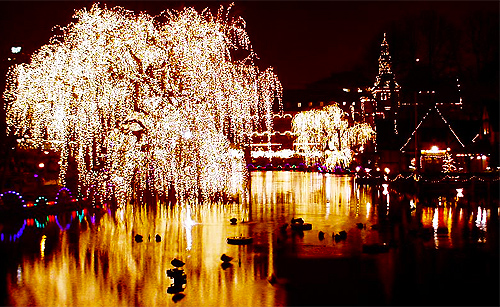
Conveniently located in downtown Copenhagen, the Tivoli Gardens has been standing proud since 1843. Till today, it remains as one of Denmark’s most popular tourist attractions, offering visitors a delightful reprieve with its beautiful landscaped scenery, manicured flower gardens, and grand fountains. Sadly though, is while the gardens may have looked magnificent back in the 80s, some of its glory has faded over the decades. Without enhancements and a facelift, it feels you’ve travelled back in time.
Having said that, if you are a first-timer to the city, it’s still worth a visit. Inside Tivoli, you can also find restaurants, rides and other types of entertainment like music, theatre and games. The park illuminates at night, emitting a magical feel.
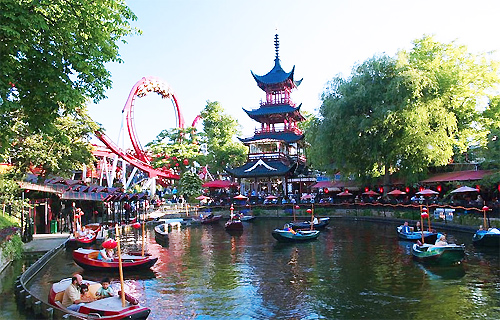
Beyond the beauty of the garden is also an amusement park that’s a throwback to the past, with one of the world’s oldest wooden roller coasters- the Mountain Coaster. If you are a thrill-seeker, then the Demon Rollercoaster, the most heart-pumping ride in the park, is your cup of tea.
It would help greatly if you do some homework just before visiting the park. There are concert halls that may hold interesting concerts from time to time, and you might be lucky enough to catch them. Do take note of the opening times of The Tivoli Gardens though. The place is open during summer and a short period during October, and then Christmas.
Tip: If you go during the Halloween period, you get to enjoy the park in a spooky way. The entire park will be transformed for the occasion.
Castles and Palaces
With such a rich history behind her, it’s a small wonder that Copenhagen is dotted with castles and palaces. In fact, the city lays claim to the world’s oldest monarchy since King Erick VII placed his roots back in 1417. While there are a handful of palaces, it’s wise to visit plan which palaces to visit, to avoid that repetitive feel.

If there’s one that you have to visit, it’ll have to be the Amalienborg Palace, where the Danish Royal family calls home during the harsh winter. This expansive palace has four identical mansions with rococo interiors encircling an octagonal courtyard. And standing in the centre of the courtyard is monumental equestrian statue of King Frederick V, founder of Amalienborg Palace. The four mansions, which completed in 1754, took four prominent nobleman four years to build. Inside the palace is the Amalienborg Museum, with an extensive collection of Danish history.
Tip: Before you make a visit to the palace, check its website for opening hours. The palace is not open all year round.
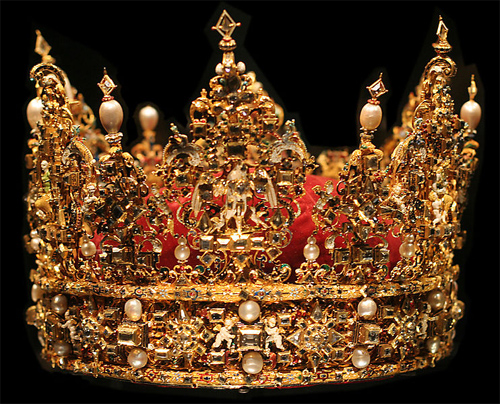
Just a short walk from Copenhagen’s Town Hall Square is the Rosenborg Castle, originally built as a country residence by Christian IV. Today, the once Dutch Renaissance castle is a royal museum, home to the Royal Danish Collection of portraits and handicraft works, with the Treasury House houses the Crown Jewels. Each room is themed, according to each of Denmark’s kings, complete with furniture and decorations from the era of his reign.
Tip: The information on the brochure is almost next to nothing, so if you intend to visit, you can either read up on the castle beforehand, or go on a guided tour. You would not find it fulfilling otherwise.
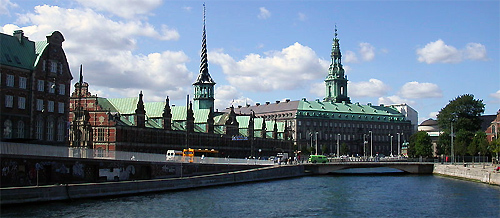
Located at the islet of Slotsholmen, and also the Danish Prime Minister’s Office and the Danish Supreme Court, is the Christianborg Palace. The Palace bears three eras of Danish architecture, and is often used for official royal gatherings. Originally completed in 1167 by Archbishop Absalon, the palace withstood two devastating fires that ate away chunks of its structure. The one standing tall now is the fourth palace, sporting a neo Baroque style, which took 21 years to build. You can’t miss the palace; it has the tallest spire in the city, at 106 metres high. The palace interior, in typical Baroque style, is ornately decorated, and covers almost every inch of space. In The Great Hall, visitors are offered a visual feast of the Queen’s tapestries, largely thought to be Denmark’s most important artwork of the 20th century.
There are a handful of different tours and exhibits, each with a separate admission fee. If you’re only into the cultural side of things, you can probably skip the ruins tour/ exhibit.
Tip: It’s definitely a different experience when you explore the palace with a guide. If you get a good one, you get to really learn about the history behind it, and get a few interesting facts along the journey through the palace. Otherwise, you will just be sifting through empty rooms, without any real sense of their import.
Of Nyhaven and the Little Mermaid
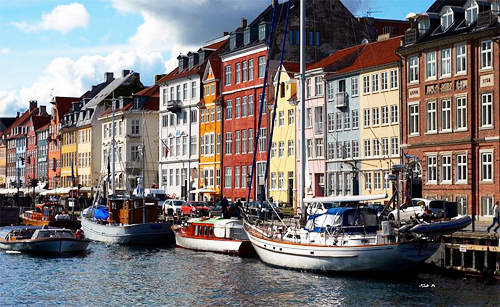
A 17th century waterfront, Nyhaven is part of the original Copenhagen Harbor that’s highly recognised by its vibrant- hued 17th and early 18th century townhouses. Today, it’s a popular entertainment district lined with bars, cafes and restaurants.
The canal is still dotted with ancient sailing vessels, adding a touch of history to the place that’s dubbed “The longest bar in Scandinavia”. Even during the colder seasons, it’s not unusual to still see crowds sitting outdoors to soak in the unique atmosphere. Just throw a blanket over your legs, have a beer, and you’ll be all set.
Tip: It might be wise to check out the menu prices before entering any restaurant. The stretch is highly popular with tourists and some of these places charge exorbitant prices.

Nearby is the statue of The Little Mermaid statue, perched atop a rock beside the waters of the Langeline. One of the most recognisable characters by Danish poet, Hans Christian Anderson, the statue was created by Danish Sculptor Edvard Erikson.
After seeing a ballet about The Little Mermaid, Danish brewer Carl Jacobson commissioned the statue in 1913. Although small and unimposing, The Little Mermaid statue has added to the enchantment of Copenhagen.
Museums Galore
Beside the Christianborg Palace, you can find The National Museum, which outlines Danish history and showcases some remarkable archaeological finds in the country. The museum is also considered as one of the finest in Europe, with a comprehensive collection of Egyptian, Greek and Roman antiquities.
If you are a military fan and war enthusiasts, visit the Frihedsmusset, The Museum of Danish Ressitstance, to learn all about Denmark’s Resistance Movement during World War II.
Make a visit to the Copenhagen City Museum if you are keen in learning about Copenhagen’s remarkable transformation from a tiny fishing village to a stylish, vibrant capital. The museum is conveniently located at Vesterbrogade, an energetic part of the city, resting amongst rows of shops and cafes.
The Carlsberg Museum, built by Carl Jacobson, is for art lovers. Filled with diverse art pieces including Greek, Roman, Egyptian and Etruscan antiquities, the artworks are displayed in a verdant outdoor space.
Tip: get the city card if you’re into visiting museums and palaces. The card gives visitors three days of visitation to palaces & museums that have admission fees.
Food in Copenhagen
Copenhagen folks take their food seriously and the capital is increasingly recognized as a gourmet destination. In fact, the city has 13 Michelin star restaurants, the highest in all the Scandinavian cities.
You can find anything from Danish to International to exotic cuisines anywhere in the city. Fresh lobsters, marinated reindeer, or even authentic Thai dishes are all available at your convenience. If you are in town, you have to try the famous Danish lunch dish- the open sandwiches, known to locals as “smørrebrød”. Another must-try is the Danish pastry. Although it’s available in all parts of the world, it’s a total different feeling to be sampling it right where it originated.
Bars and cafes are not found in modern and sleek buildings, but submerged in cellars or in historical buildings. Most cafes and bars serve alcohol and food, and some of the bars will liven up on Friday and Saturday nights, featuring live music and performances.
Tip: If you are up for a gastronomic splurge, try and get into Noma- the restaurant is named as the Best Restaurant in the World two years running since 2010.
Transport in Copenhagen
Copenhagen sports a well-connected web of transportation infrastructure and is a transport hub in Northern Europe. The city is also known as one of the most bicycle-friendly cities in Europe, with a network of bicycle paths that are separated from the main traffic lanes and away from the sometimes congested traffic. If you want to experience the city and not worry about what bus or train (the S-train) to take, just buy a city map, rent a bicycle and you’re all set. The city loans public bicycles with a 20-kroner deposit.
If its modern architecture that you seek, old castles to gawk at or museums to sink your culture teeth into, Denmark has all these to offer, and more.
